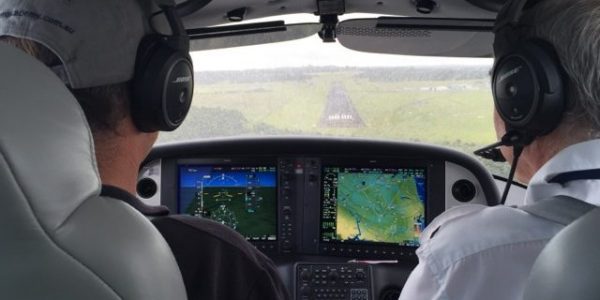 For trainee pilots serious about safety and standards.
For trainee pilots serious about safety and standards.
Training safe, proficient pilots is a serious business, but that doesn’t mean you can’t have fun along the way! Not only will you loop and roll on your first lesson, during the course you will learn to take-off and land, to perform basic aerobatics, to spin and recover and to effectively recognise and respond to emergency situations. Learning these skills takes time, dedication and good instruction. Getting this process right the first time is essential when you learn to fly. Flying, like the sea, is unforgiving of the inattentive or foolish!
The Australian Aerobatic Academy’s Recreational Pilot Licence (RPL) syllabus is NOT a minimum time, minimum cost or minimum standard learn-to-fly course. It is a comprehensive course which goes beyond the minimum CASA requirements to provide you with superior aircraft handling skills. These skills will stay with you whether you choose to be an airline pilot, fly recreationally for fun, or enjoy taking your family and friends away for a weekend trip as a private pilot.
To see just how much more you get for your money with a AAA RPL course, please look at this document: AAA RPL Syllabus Comparison.
A pilot more confident and capable in the airborne environment has a greater capacity for good aeronautical decision-making, which means a safer, more proficient aviator. If your flight training is limited to the narrow envelope of the “air transport” environment, unnecessary limitations may be formed as well as an underlying fear of situations that cannot be adequately or safely explored in “standard” training aircraft incapable of basic aerobatic flight. When basic aerobatics, spinning, and upset prevention & recovery training is combined as an integral part of a learn-to-fly course, the result is a pilot fully aware of an aircraft’s capability in flight. This flight training method has been used for decades by defence forces worldwide – why should civilian pilots not also benefit from this style of training? IT WORKS!
Don’t just take our word for it… Former Sydney Aerobatic School founder & CFI Noel Kruse, author of the “Fly Better” series of books, endorses the Academy’s training methods and standards in this document. Veteran US aerobatic pilot, airshow performer and flight instructor Patty Wagstaff has written a recent article on the benefits of the Academy’s style of training: Upset Recovery Vs. Aerobatics – Plane And Pilot Magazine.
The Australian Aerobatic Academy prides itself on the standard of its instruction, as well as its personalised service and tuition. Academy instructors are experienced career instructors whose role is more of a “personal trainer” and “mentor” rather than a newly-qualified instructor trained to a minimum standard with limited operational experience. As we only employ a small number of dedicated professionals, we can guarantee the personalised service and consistency of training that larger organisations may not be able to provide.
All RPL flying lessons are conducted in the Robin 2160 – a high performance dedicated training aircraft capable of aerobatic flight. Your choice of initial training aircraft is very important. Many aircraft used for training today do not have the capability to allow practice in using the full aerodynamic envelope, leaving a gap in knowledge and experience for new pilots. It is for this reason AAA use only fully aerobatic aircraft for our initial training courses. The Robin has a cruise speed of 120 kts (215 km/h), and climb rate of 1000 ft/min. Compare this to the 40 year-old Cessna 152 or the newer Light Sport Aircraft used by other flight training schools – which have a cruise speed of around 90 kts (170 km/h) and a climb rate of 650 ft/min. This means more time is spent in the training area concentrating on learning the required skills, rather than the transit to and from the airport. Higher performance means more practice in take-offs and landings per session, which means more practice for every dollar spent!
All Sydney flying school lessons include FREE in-flight video recording facilities. Important aspects of the flight can be immediately replayed on the ground as part of the debriefing, so you don’t miss out on the vital feedback you need to improve your skills!
When making a decision on which school you choose to learn to fly with, consider this:
Learning to fly is a large commitment in time, finances and personal effort, and one must be ultimately satisfied with the ability of the selected flight training organisation to provide the level of service & quality of the qualification they purport to provide…
…What is your life, and the lives of your future passengers worth to you?
 What’s better than just flying? Flying in FORMATION!
What’s better than just flying? Flying in FORMATION!





